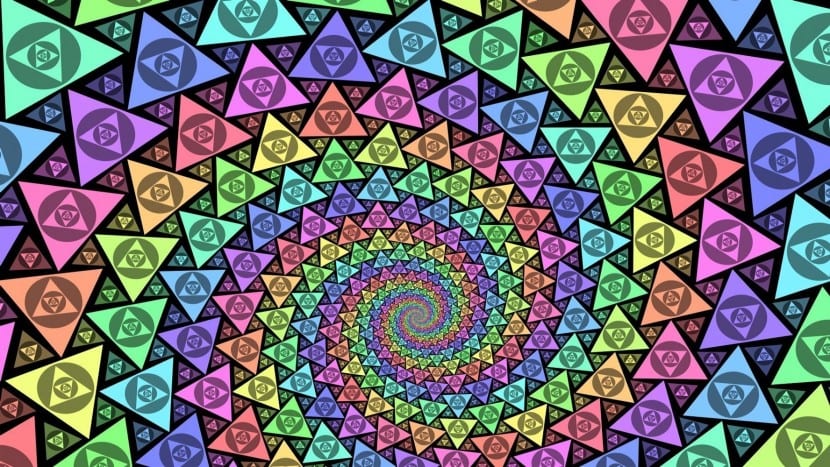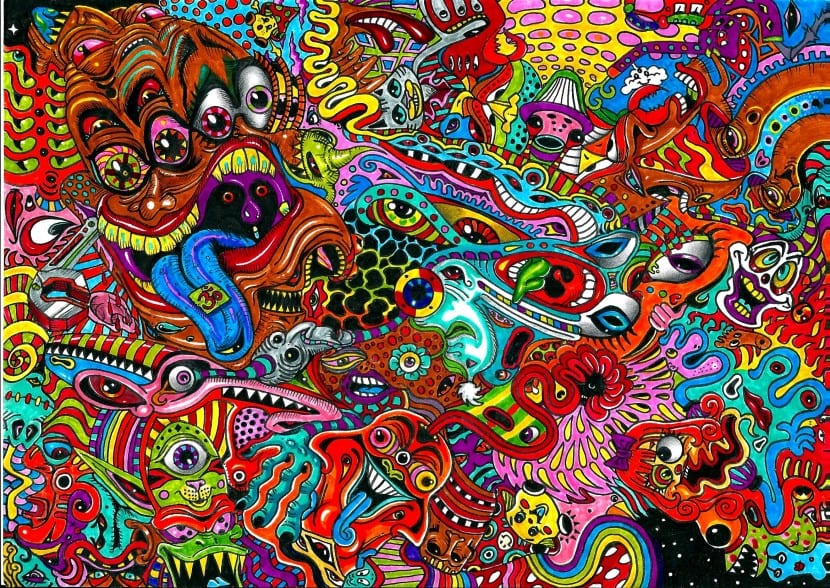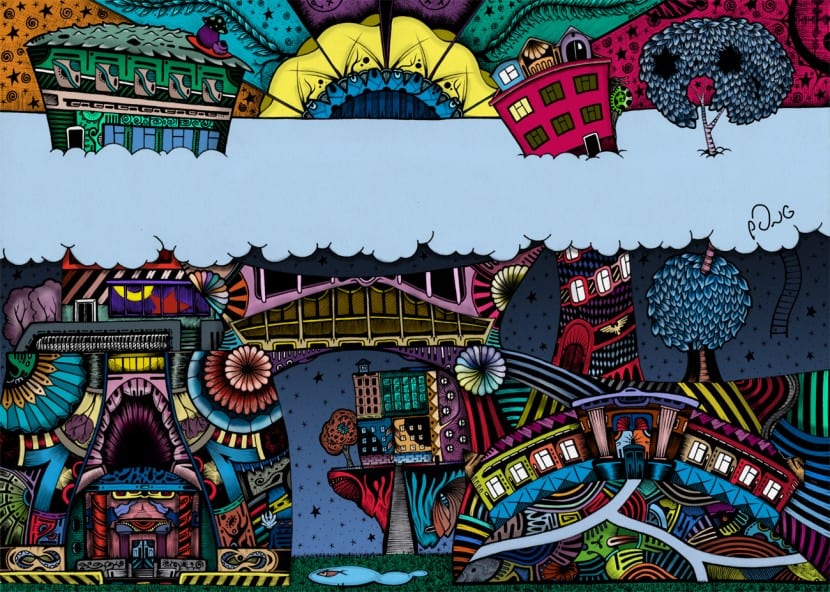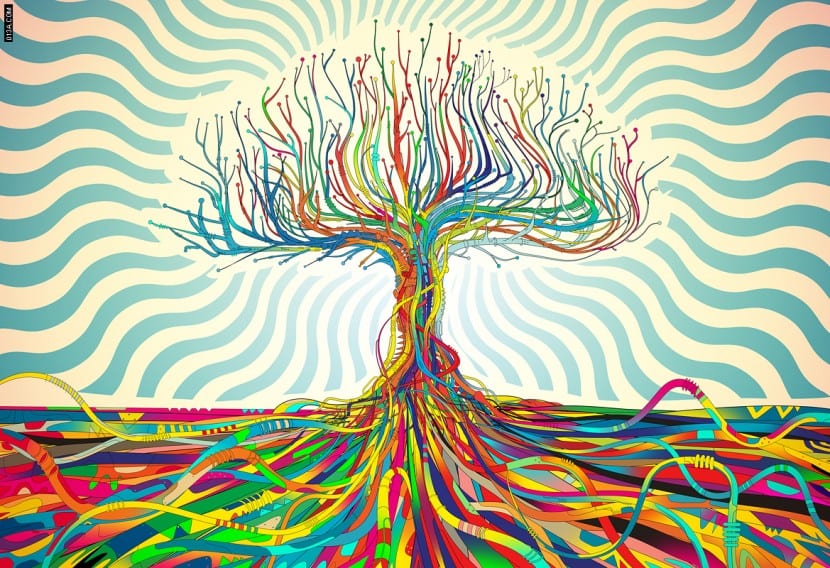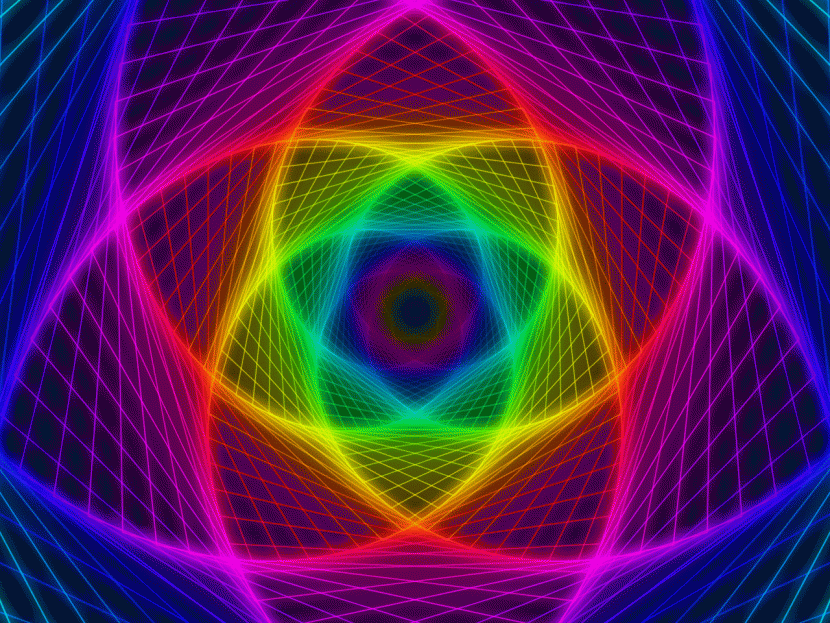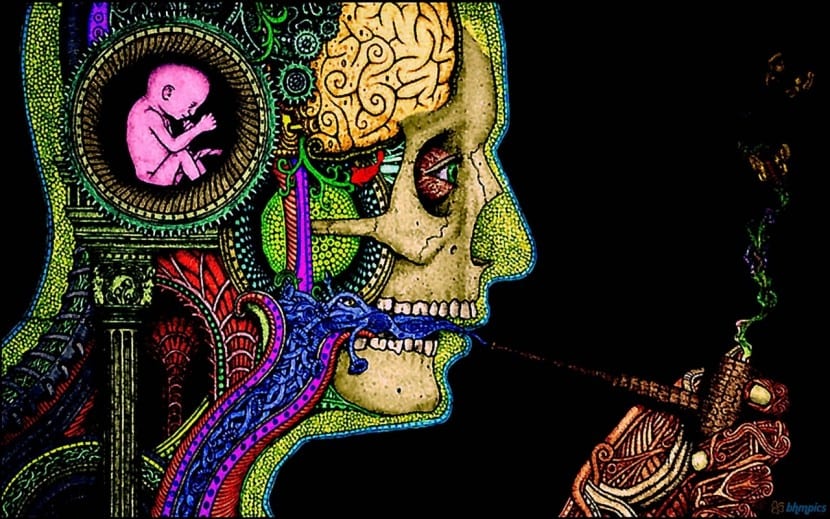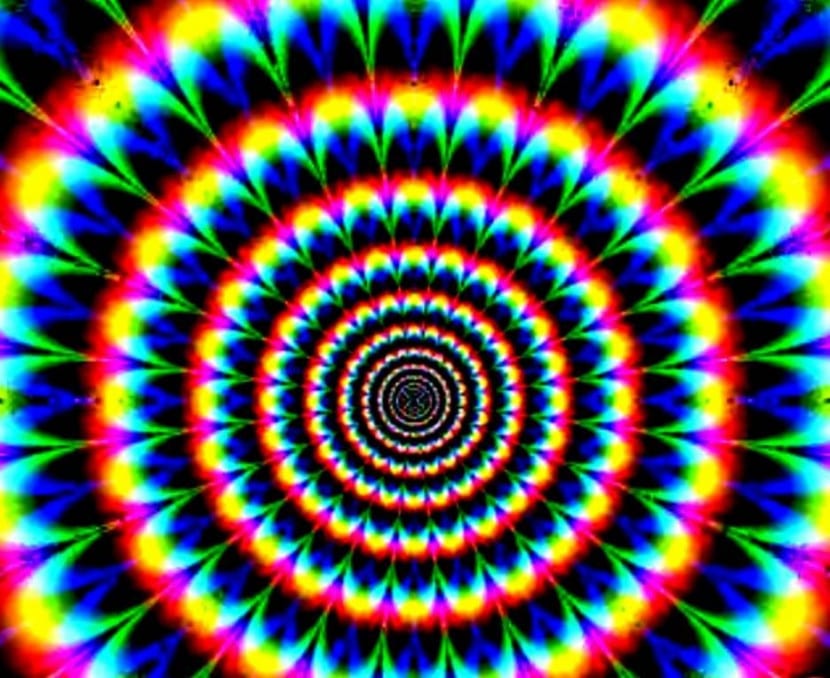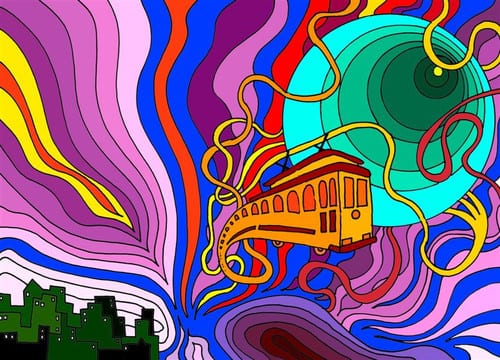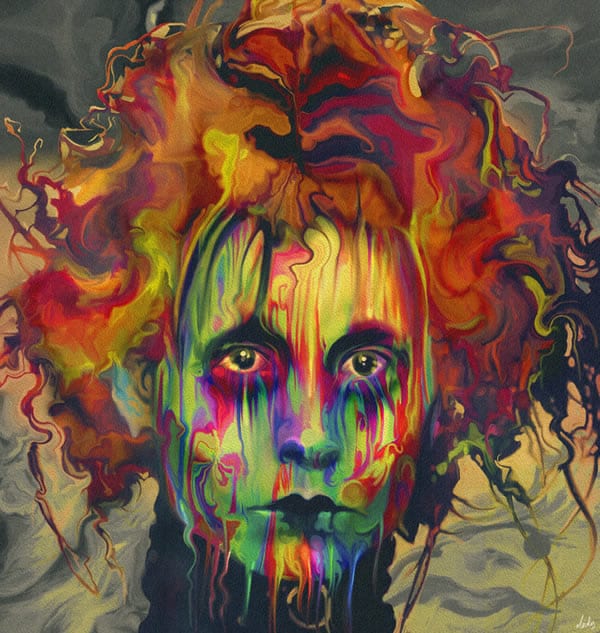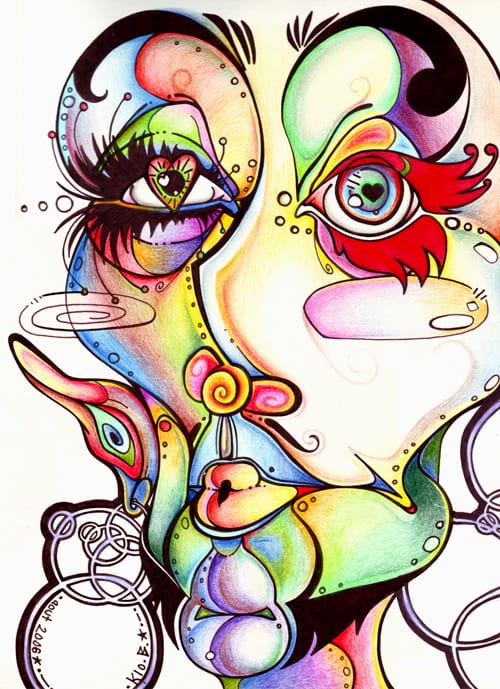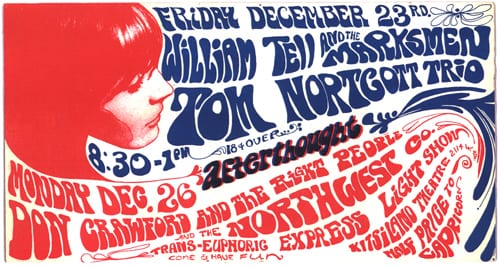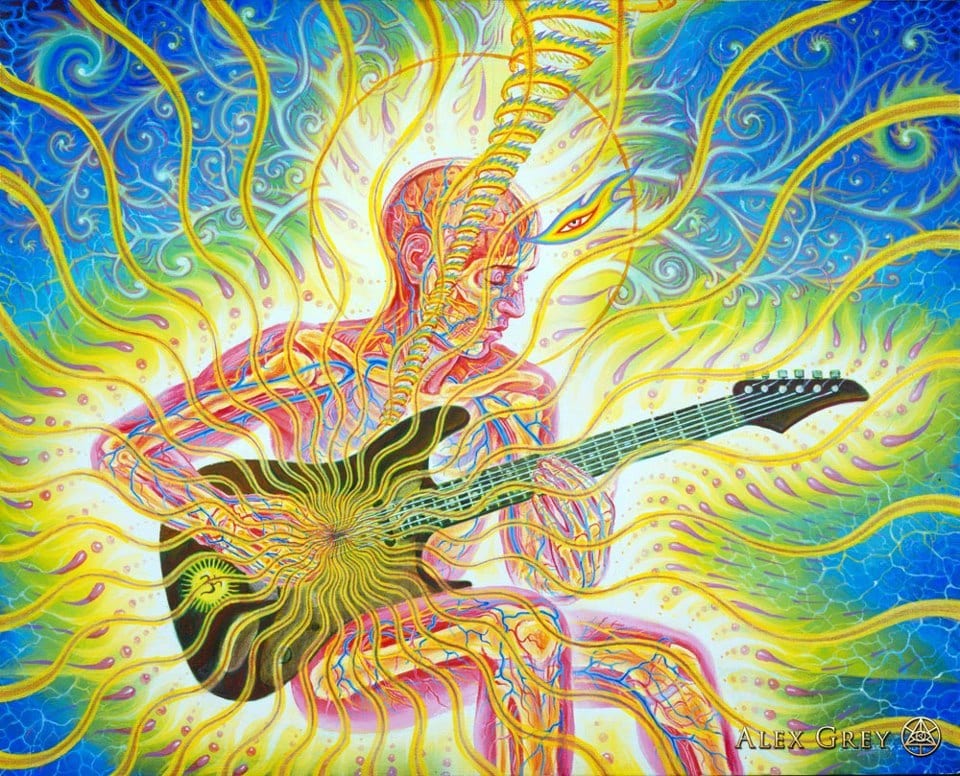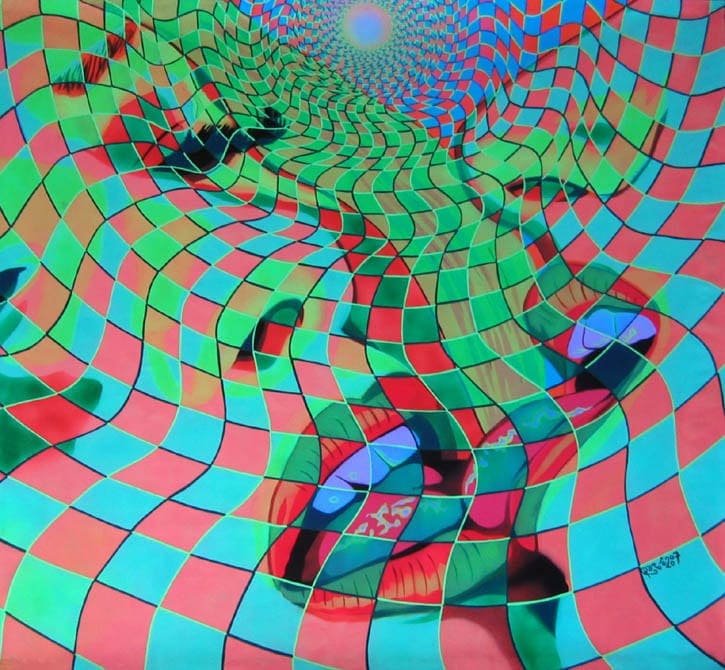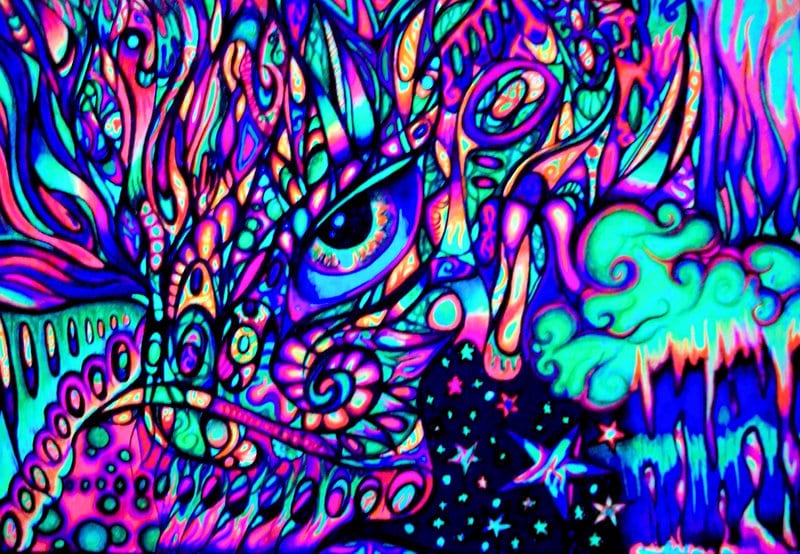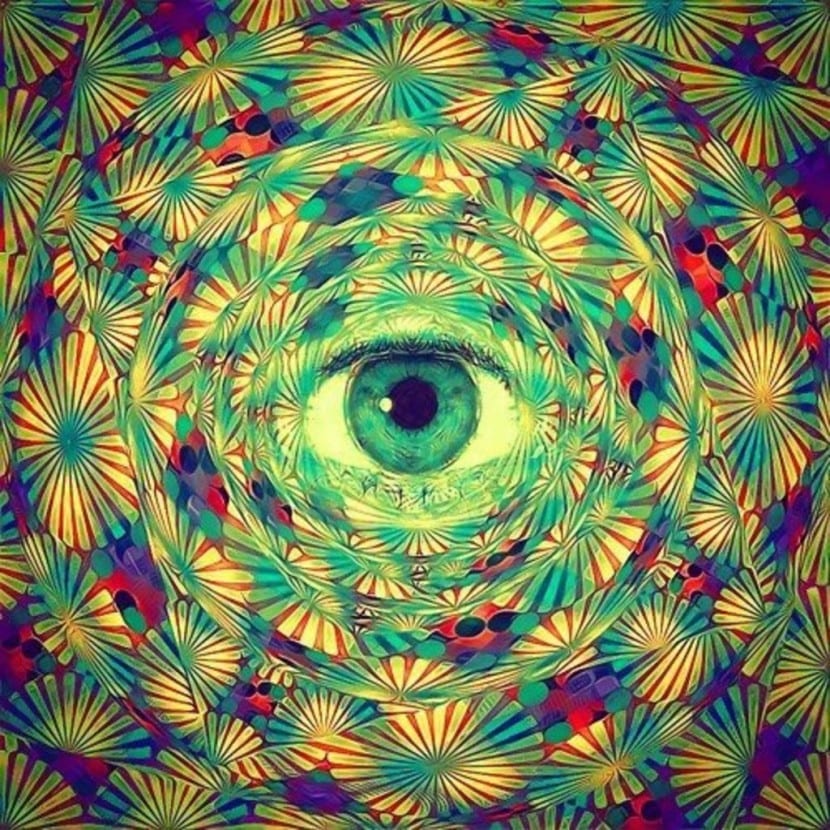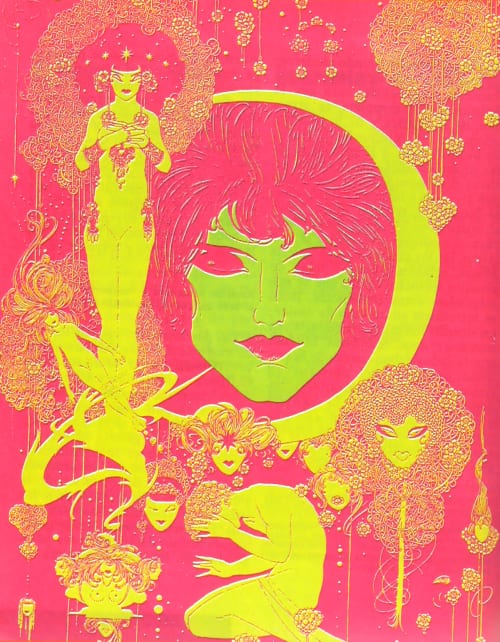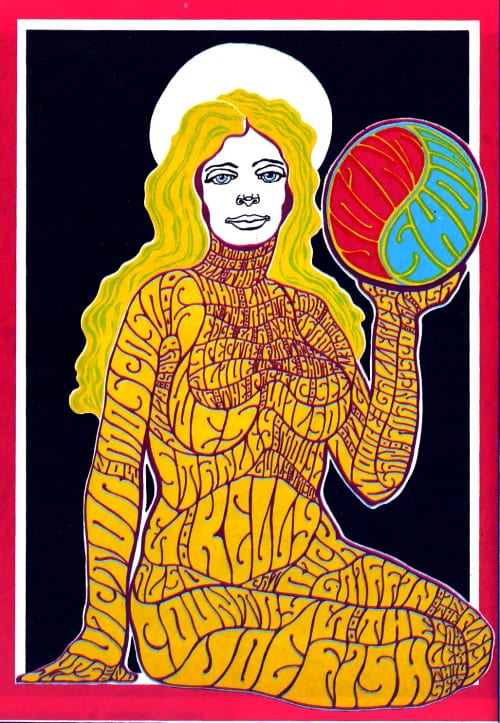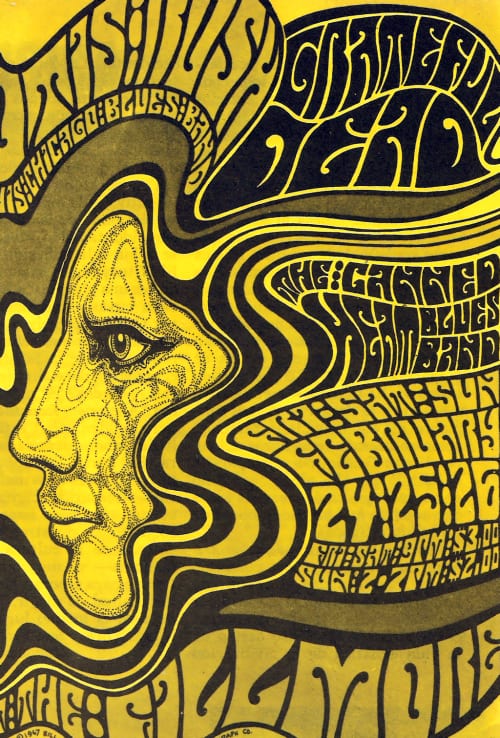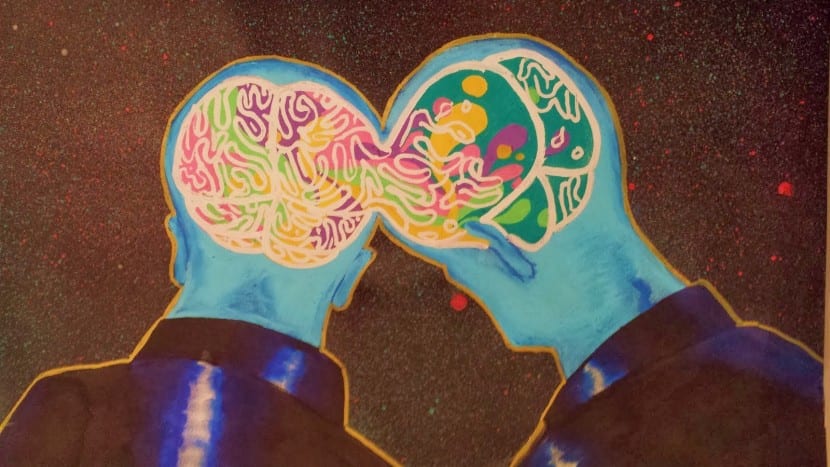
Around the 60s there was a counterculture movement called psychedelic. A period in our society where perhaps the most primitive and libertine instincts of the human being came to the fore. Drugs and sex stopped becoming a taboo subject to become a compulsive part of the lifestyle of many young people. Art absorbed this cocktail of elements of an agitated society and materialized what at that time was a conception and a vital philosophy of great breadth and openness that ensured a fluid expression, wild and liberated from all repression.
The term psychedelic was first used by a British psychologist, Humphry Osmond, which literally means «soul manifestation"And which was alternated with the term lysergic, which refers to the scientific name of LSD, a drug that reached its peak in a worrying way. All the arts, including cinema or literature, were soon dotted with characteristics that would define a very particular style, where kaleidoscopic and fractal patterns were recurrent. The colors were grouped in combinations of wild contrasts and collages and abstract constructions typical of delirium, ecstasy, transcendence and the purest psychedelic were recreated in a recurring way.
Next I would like to share with you this current in a more graphic way with some examples that speak better for themselves. Is this aesthetic attractive to you?
